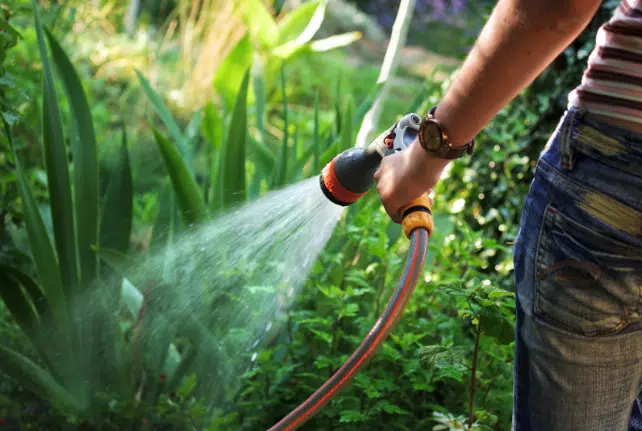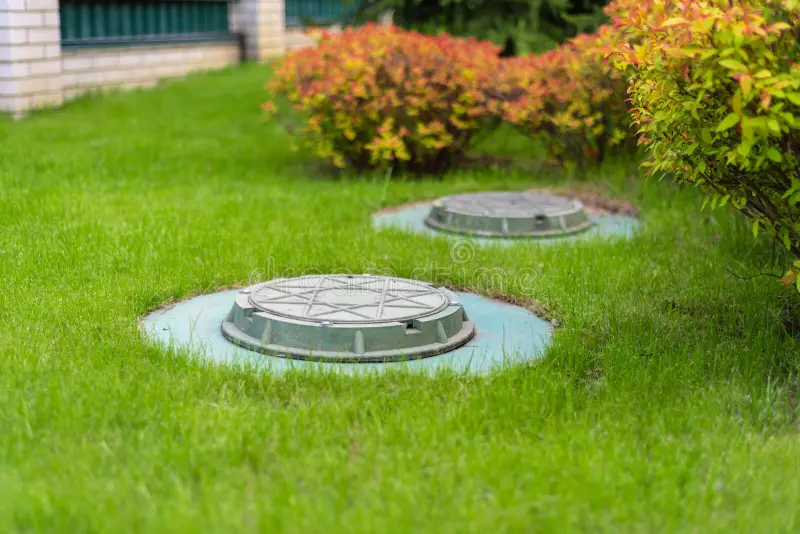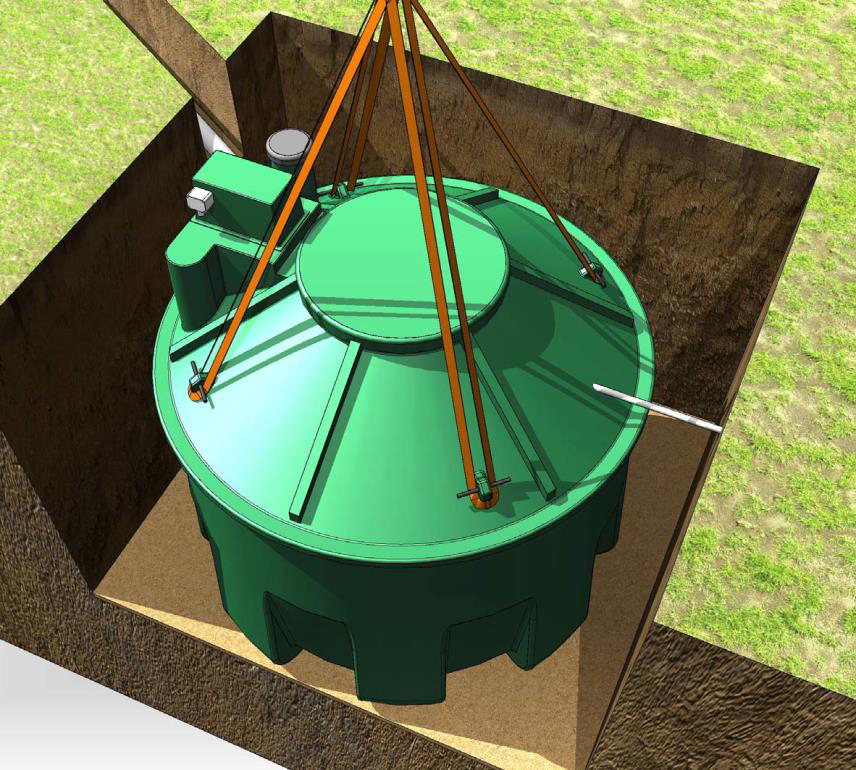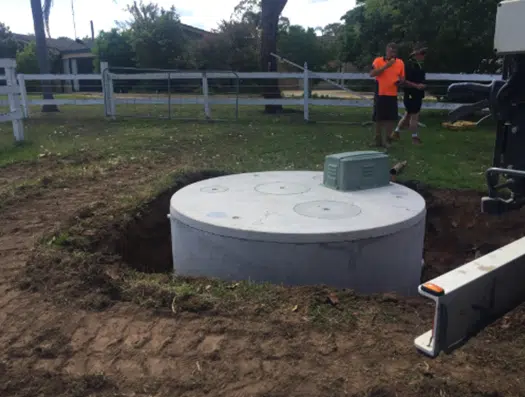Leaking From Your Septic Tank & What To Look For: Septic System Do’s & Don’ts

Maintaining a septic system is crucial for ensuring the health of your property and the environment. A properly functioning septic tank effectively manages wastewater from your home, but when leaks occur, they can lead to serious problems. Understanding the signs of a leaking septic tank and adhering to essential septic system do’s and don’ts can help prevent costly repairs and environmental damage. In this blog, we will cover what you need to know about detecting leaks in your septic tank, the importance of regular maintenance, and the key practices to follow for a healthy septic system.
Cultivating Greenery: Maximizing Your Septic Tank Area with a Lush Garden

When it comes to landscaping around your home, the area above your septic tank might not be the first place that comes to mind. However, with a little creativity and careful planning, this often overlooked space can be transformed into a vibrant garden oasis. In this guide, we’ll explore the ins and outs of growing a garden around your septic tank system, offering tips and tricks for maximizing both the beauty and functionality of this essential area.
The Impact of Household Chemicals on Your Septic System: What You Need to Know

Your septic system is a vital part of your home’s infrastructure, quietly working to treat and dispose of wastewater. However, many homeowners unknowingly put their septic system at risk by using common household chemicals that can harm its delicate balance. In this comprehensive guide, we’ll explore the impact of household chemicals on your septic system, provide tips for maintaining its health, and offer best practices to extend its lifespan. Whether you’re a new homeowner or a seasoned septic system owner, understanding how these chemicals affect your system is crucial for its longevity and efficiency.
Understanding Wastewater Production and its Impact on Septic Systems

Expanding on the importance of AWTS maintenance involves further elucidating the significance of each aspect of maintenance, providing additional tips and insights for homeowners, and reinforcing the message of proactive care for a sustainable living environment.
Secrets to keeping an Odor Free Septic System

When it comes to home maintenance in Sydney, one aspect that often goes unnoticed until there’s a problem is the septic system. While septic systems are a reliable and efficient way to manage wastewater in many Sydney homes, they can sometimes develop unpleasant odours that are not only a nuisance but also a sign that something might be amiss. In this comprehensive guide, tailored to the unique conditions of Sydney, we’ll uncover the secrets to maintaining an odour-free septic system that will keep your home smelling fresh and clean.
Revitalize Your AWTS for the New Year: A Comprehensive Guide to Yearly Servicing

As we usher in a new year, it’s the perfect time to not only reflect on personal resolutions but also consider the well-being of your home, particularly your Aerated Wastewater Treatment System (AWTS). Annual servicing is a key aspect of maintaining a healthy and efficient AWTS, ensuring that it continues to operate seamlessly. In this comprehensive guide, we’ll explore the importance of yearly servicing, shedding light on the specific tasks involved and how they contribute to a fresh start for your AWTS in the new year. This guide is tailored for the average consumer, with a focus on the regional considerations that are pertinent to AWTS owners.
The Ultimate Guide to Maintaining Your AWTS System

If you’re a proud owner of an Aerated Wastewater Treatment System (AWTS) in Victoria, proper maintenance is the key to ensuring its efficiency and longevity.




